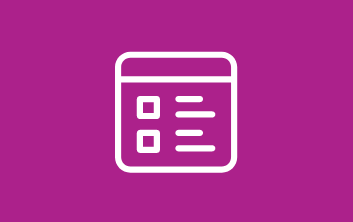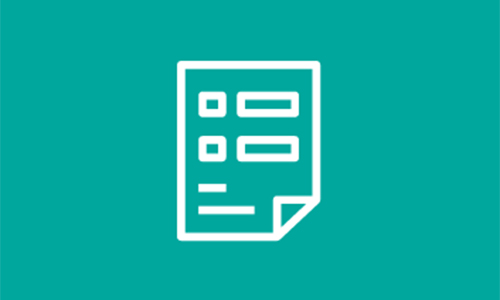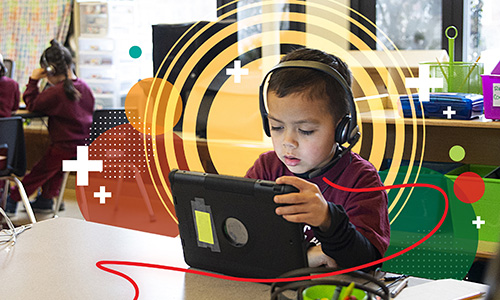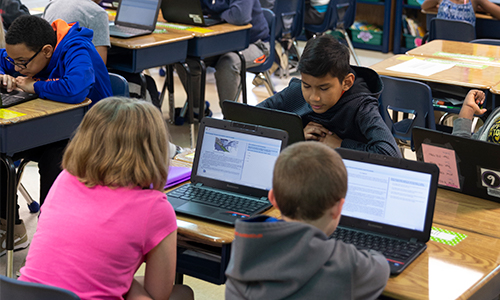Blog article
A Tech Refresh for Reading Fluency
2018

Description
In this Ed Tech Digest article, Cindy Jiban discusses how oral reading fluency assessment is now commonplace in the primary grades. This represents a significant step for data-based problem solving in education. However, given some of the side effects that have emerged, it is clear that fluency assessment is due for significant structural improvement.
See MoreRelated Topics


Spanish MAP Reading Fluency content guide
This document presents the test design and specifications for Spanish MAP Reading Fluency.
By: Sara Velazquez, John Newburn, Fang Peng, Carmen Hall, Kayla McLaughlin, Teresa Krastel
Products: MAP Reading Fluency, MAP Spanish
Topics: Test design, Academic content, Assessments in Spanish


English MAP Reading Fluency technical report
This technical report documents the processes and procedures employed by NWEA to build and support the English MAP Reading Fluency assessment.
By: Fang Peng, Kang Xue, Carmen Hall, John Newburn
Products: MAP Reading Fluency
Topics: Test design, Computer adaptive testing, Reading & language arts


Predicting Amira Reading Mastery Based on NWEA MAP Reading Fluency Benchmark Assessment Scores
This document presents results from a linking study conducted by NWEA in May 2024 to statistically connect the grades 1–5 English Amira Reading Mastery (ARM) scores with the Scaled-Words-Correct-Per-Minute (SWCPM) scores from the MAP Reading Fluency benchmark assessment taken during Fall and Winter 2023–2024.
By: Fang Peng, Ann Hu, Christopher Wells
Products: MAP Reading Fluency
Topics: Computer adaptive testing, Early learning, Measurement & scaling, Reading & language arts


MAP Reading Fluency with Coach Evidence Base
This document provides an overview of the research underlying MAP Reading Fluency with Coach’s AI-powered intelligent reading tutor and the research on key elements of early literacy instruction. It describes the components of the MAP Reading Fluency with Coach pedagogy and the research base supporting each component.
By: Amy Endo
Products: MAP Reading Fluency
Topics: Early learning, Empowering educators, Innovations in reporting & assessment, Reading & language arts


Achievement and Growth Norms for Course-Specific MAP Growth Tests
This report documents the procedure used to produce the achievement and growth user norms for a series of the course-specific MAP® Growth™ subject tests, including Algebra 1, Geometry, Algebra 2, Integrated Math I, Integrated Math II, Integrated Math III, and Biology/Life Science. Among these tests, Integrated Math I, Integrated Math II, Integrated Math III, and Biology/Life Science were the first time to have their norms available. The remaining tests, i.e., Algebra 1, Geometry, and Algebra 2, had their norms updated including receiving more between-term growth norms by using more recent test events. Procedure for norm sample selection and a model-based approach using the multivariate true score model (Thum & He, 2019) that factors out known imprecision of scores to generate the norms are also provided in detail, along with the snapshots of the achievement and growth norms for each test.
By: Wei He
Products: MAP Growth
Topics: Measurement & scaling


Longitudinal models of reading and mathematics achievement in deaf and hard of hearing students
New research using longitudinal data provides evidence that deaf and hard of hearing (DHH) students continue to build skills in math and reading throughout grades 2 to 8, challenging assumptions that DHH students’ skills plataeu in elementary grades.
By: Stephanie Cawthon, Johny Daniel, North Cooc, Ana Vielma
Topics: Equity, Measurement & scaling


Achievement and growth norms for English MAP Reading Fluency Foundational Skills
This report documents the norming study procedure used to produce the achievement and growth user norms for English MAP Reading Fluency Foundational Skills.
By: Wei He
Products: MAP Reading Fluency
Topics: Measurement & scaling


